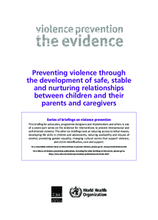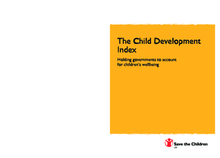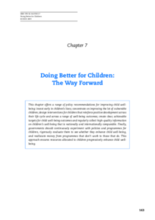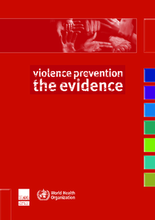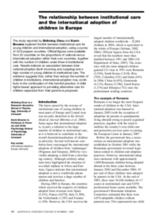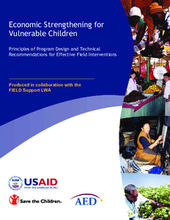Displaying 431 - 440 of 490
This briefing looks at the effectiveness of interventions that encourage safe, stable and nurturing relationships for preventing child maltreatment and aggressive behaviour in childhood. The focus is on primary prevention programmes, those that are implemented early enough to avoid the development of violent behaviour such as child maltreatment and childhood aggression.
Analysis of the considerable variation between countries, globally and within regions in terms of the rights, opportunities and wellbeing that children enjoy and the national political and policy choices affecting them.
This document is the seventh, and final, chapter of Doing Better for Children: The Way Forward, produced by the Organisation for Economic Co-operation and Development. The aim of this chapter is to contribute to the policy debate on child well-being, synthesising the previous chapters and drawing on the existing research and policy literature.
This report brings together an eight-part series of briefings on the evidence for interventions to prevent interpersonal and self-directed violence. By spotlighting evidence for the effectiveness of interventions, the series provides clear directions for how violence prevention funders, policy makers and programme implementers can boost the impact of their violence prevention efforts.
In this meta-analysis of 75 studies on more than 3,888 children in 19 different countries, the intellectual development of children living in children's homes (orphanages) was compared with that of children living with their (foster) families.
Outlines the contributions of UNICEF to national and international efforts to fulfill children’s right to protection.
This paper seeks to highlight the resilience‐enhancing potential for vulnerable young people of roles and relationships in the domains of recreation and work. The paper explores its theme through a specific focus on the needs of young people in long‐term care.
Explores causal relationship between increased international adoption and increase in institutional care of children in Europe.
Provides principles of program design and technical recommendations for effective field interventions
Research study aimed at understanding the meaning of vulnerability and it's impact on parent's future planning for children in the context of poverty in Malawi and South Africa

